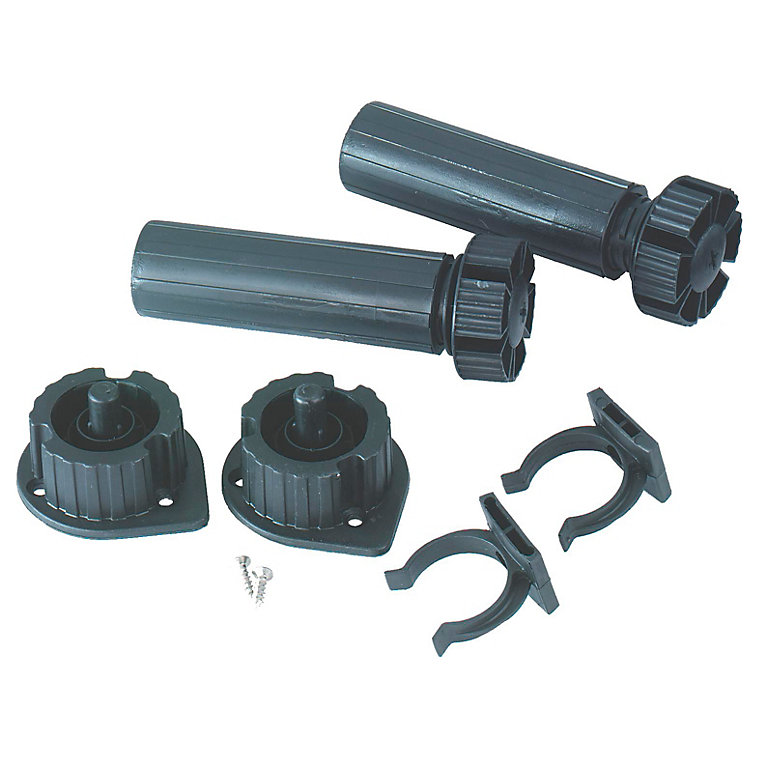The Ultimate Guide to Kitchen Cabinet Support Legs
Kitchen cabinet support legs might not be the first thing that comes to mind when designing or renovating a kitchen, but they play a crucial role in ensuring the stability and longevity of your cabinets. These often-overlooked components provide support, help level cabinets on uneven surfaces, and protect them from moisture damage. In this comprehensive guide, we’ll show you everything you need to know about kitchen cabinet support legs, from their importance and types to installation tips and common mistakes to avoid.
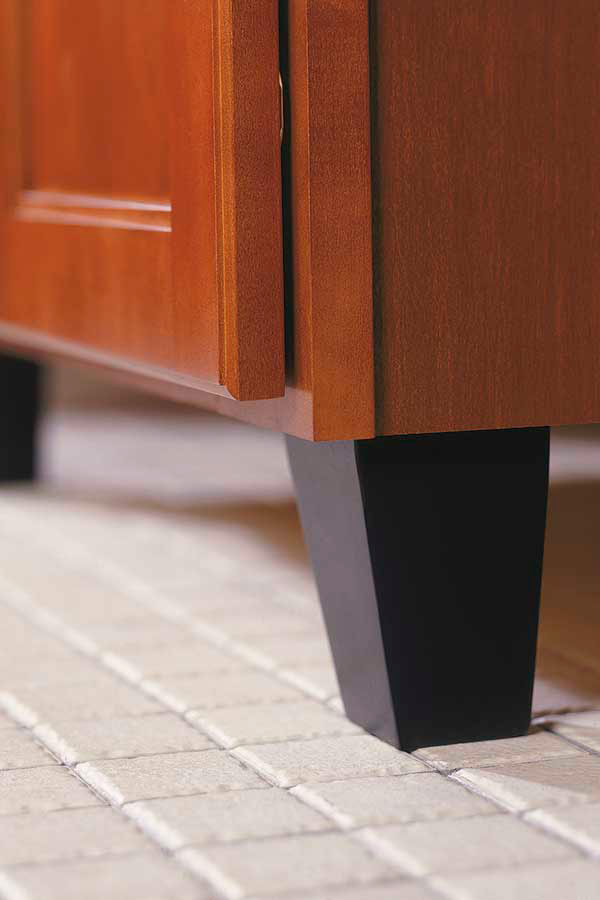
Importance of Kitchen Cabinet Support Legs
Kitchen cabinet support legs, also known as cabinet feet or adjustable cabinet legs, are essential for maintaining the structural integrity of your cabinets. They provide stability and prevent sagging, especially in larger or heavier cabinets. Additionally, they elevate cabinets off the floor, protecting them from moisture and water damage, which can lead to warping and decay over time.
Support legs also help to level cabinets on uneven surfaces, ensuring that doors and drawers operate smoothly. By adjusting the height of the legs, you can compensate for variations in floor height or correct any installation discrepancies. This is particularly important in older homes or during renovations where floors may not be perfectly level.
There are various types of kitchen cabinet support legs available, including plastic, metal, and wood options. Plastic legs are lightweight and easy to install, but they may not offer as much support for heavier cabinets. Metal legs, such as stainless steel or aluminum, are durable and resistant to corrosion, making them ideal for kitchens prone to moisture. Wood legs provide a more traditional aesthetic and can be stained or painted to match your cabinets.
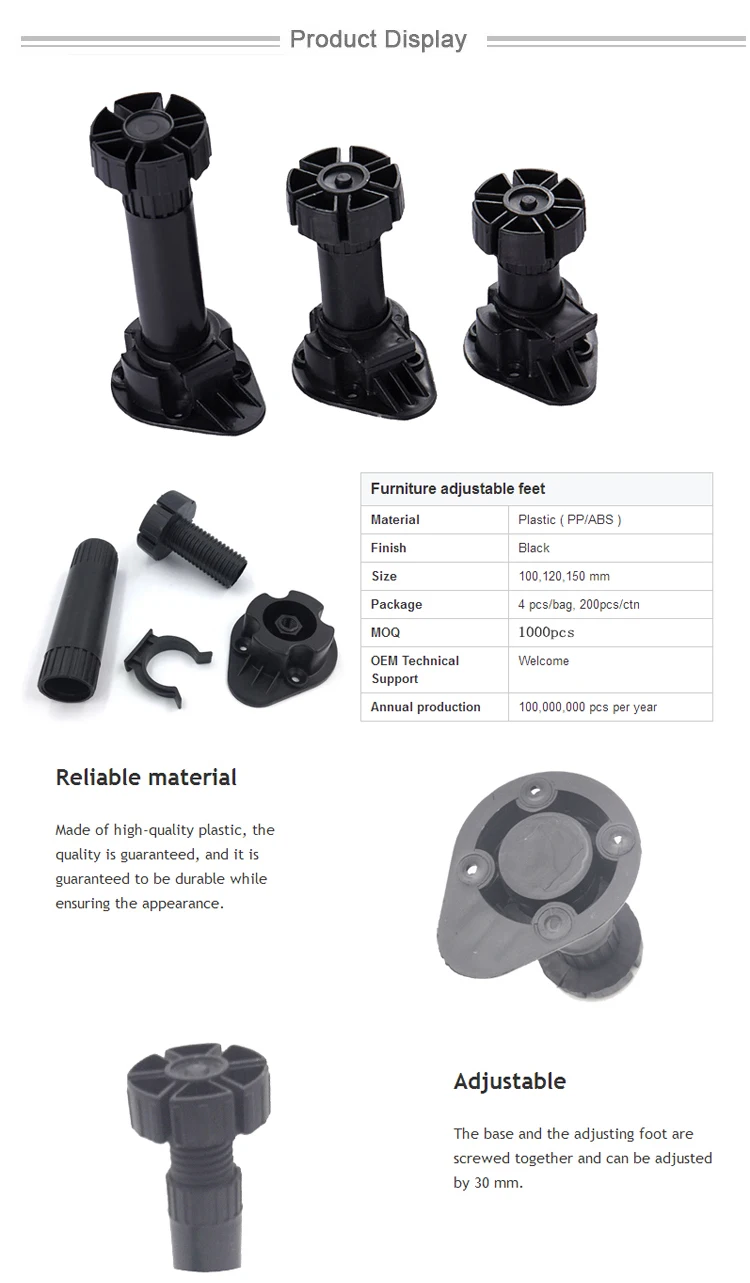
Types of Kitchen Cabinet Support Legs:
Adjustable Plastic Legs: These are commonly used in modern kitchen cabinets. They are lightweight, easy to install, and can be adjusted to various heights to accommodate uneven floors. However, they may not provide as much stability for heavier cabinets.
Metal Legs: Stainless steel or aluminum legs are sturdy and durable options, suitable for supporting heavier cabinets. They are resistant to corrosion and moisture, making them ideal for kitchens with high humidity levels.
Wooden Legs: Wooden support legs offer a traditional look and can be stained or painted to match your cabinets. They provide adequate support for most cabinets but may not be as durable as metal options.

Installation Tips for Kitchen Cabinet Support Legs:
Measure and Mark: Before installing support legs, measure and mark the locations where they will be placed. Use a level to ensure accuracy.
Pre-drill Holes: If you’re installing metal or wooden legs, pre-drill pilot holes to prevent splitting or damaging the cabinet base.
Attach Legs: Secure the support legs to the bottom corners of the cabinet using screws or mounting brackets. Ensure they are firmly attached and level.
Adjust Height: Once installed, use the adjustable mechanism (if applicable) to adjust the height of the legs until the cabinet is level and stable.
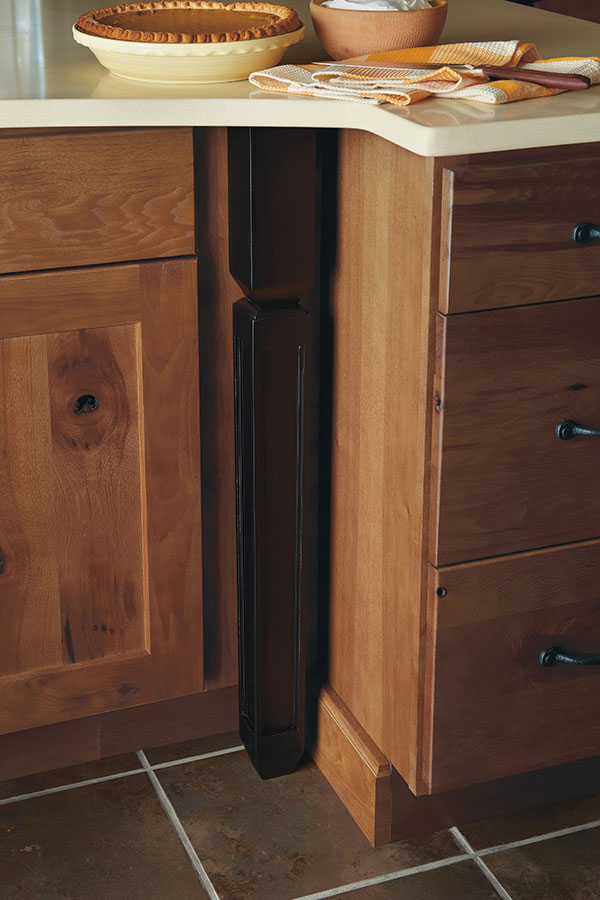
Common Mistakes to Avoid:
Neglecting to Install Support Legs: Some DIYers may overlook the importance of support legs, especially when installing lighter cabinets. This can lead to sagging or instability over time, compromising the functionality and aesthetics of the cabinets.
Incorrect Installation Height: Failing to adjust the height of support legs properly can result in uneven cabinets that are difficult to open and close. Take the time to measure and adjust the legs to ensure a level installation.
Using Inadequate Materials: Choosing support legs made from low-quality materials or opting for the wrong type of legs for your cabinets can lead to premature wear and tear. Invest in durable materials that can withstand the weight and moisture levels in your kitchen.
Overlooking Regular Maintenance: Once installed, it’s important to periodically check and adjust the support legs as needed. Changes in humidity or settling of the house can affect the level of the cabinets over time, so regular maintenance is essential to prevent issues.
Can I install kitchen cabinets without support legs?
While it’s possible to install cabinets without support legs, it’s not recommended. Support legs help to distribute the weight of the cabinets evenly and prevent sagging over time.
How many support legs do I need for my cabinets?
The number of support legs required depends on the size and weight of your cabinets. As a general rule, cabinets longer than 36 inches should have at least four support legs for optimal stability.
Can I use different types of support legs for my cabinets?
Yes, you can mix and match different types of support legs as long as they provide adequate stability and support for your cabinets. However, it’s essential to ensure they are all installed at the same height to maintain a level surface.
How do I adjust the height of support legs for my cabinets?
Most adjustable support legs come with a mechanism that allows you to adjust the height either manually or with a screwdriver. Follow the manufacturer’s instructions for proper adjustment.
Are there any specific maintenance tasks I should perform for kitchen cabinet support legs?
It’s recommended to periodically check the level of the cabinets and adjust the support legs as needed. Additionally, inspect the legs for any signs of wear or damage, and replace them if necessary to ensure the stability of your cabinets.
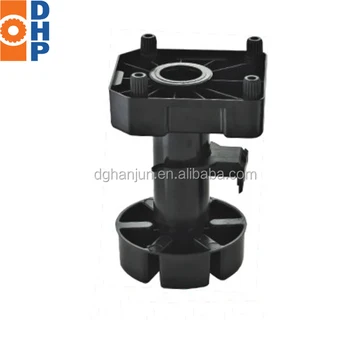
Kitchen Cabinet’s Leg – Furniture Hardware in Singapore

Decorative legs for base cabinets – Traditional – Kitchen – Denver – by Jan Neiges, CKD

Sink Base Multi-Storage Cabinet – KraftMaid
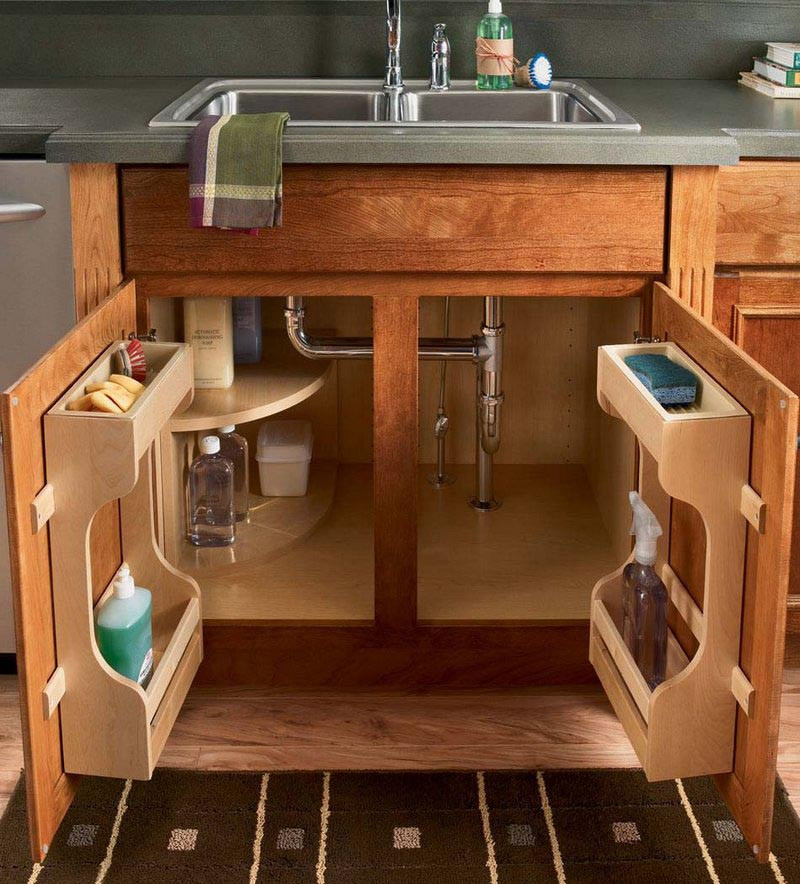
Kitchen Decorative Toe Kicks on Pinterest Base cabinets, Traditional

Related Posts:
- Uneven Ceiling Kitchen Cabinets
- Handle Size For Kitchen Cabinets
- Painting Foil Wrapped Kitchen Cabinets
- Annie Sloan Grey Kitchen Cabinets
- How To Make Modular Kitchen Cabinets
- How To Repair Kitchen Cabinet Doors
- Roller Shutter Cabinets For Kitchen
- Toll Brothers Kitchen Cabinets
- Kitchen Cabinet Towel Rail
- Ebony Stained Kitchen Cabinets
